Latest NRAO News
News is managed by NRAO News & Public Information. Questions about News? Have a story to share? Want to interview a scientist or create new media about our telescopes?
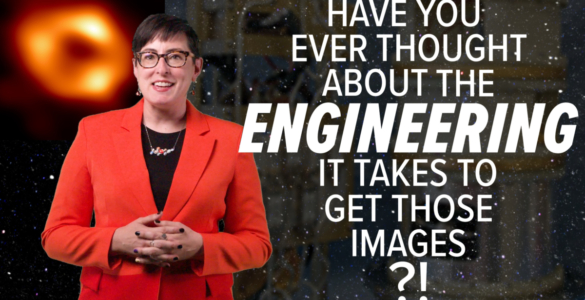
Radio telescopes are powerful tools that allow astronomers to study the Universe. We often read about the discoveries they make, but we rarely get a glimpse of the engineers and technicians that design and build these telescopes. Join our host Summer Ash as she talks about NRAO’s Central Development Laboratory (CDL) and how CDL helps make modern radio astronomy a reality.
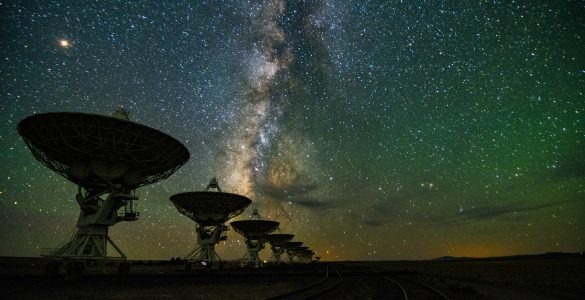
The National Science Foundation (NSF) and SpaceX have finalized a radio spectrum coordination agreement to limit interference from the company’s Starlink satellites to radio astronomy assets operating between 10.6 and 10.7 GHz. The agreement, detailed in a .statement released by NSF today, ensures that Starlink satellite network plans will meet international radio astronomy protection standards, and protect NSF-funded radio astronomy facilities, including the National Radio Astronomy Observatory (NRAO) and the Green Bank Observatory (GBO). The agreement will also positively impact collaborations and cooperation between SpaceX and NSF’s NOIRLab.
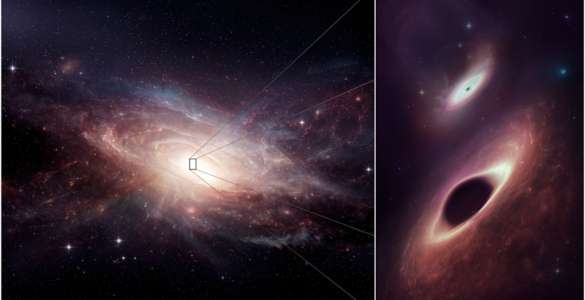
While studying a nearby pair of merging galaxies using the Atacama Large Millimeter/submillimeter Array (ALMA)— an international observatory co-operated by the U.S. National Science Foundation’s National Radio Astronomy Observatory (NRAO)— scientists discovered two supermassive black holes growing simultaneously near the center of the newly coalescing galaxy. These super-hungry giants are the closest together that scientists have ever observed in multiple wavelengths. What’s more, the new research reveals that binary black holes and the galaxy mergers that create them may be surprisingly commonplace in the Universe. The results of the new research were published today in The Astrophysical Journal Letters, and presented in a press conference at the 241st meeting of the American Astronomical Society (AAS) in Seattle, Washington.
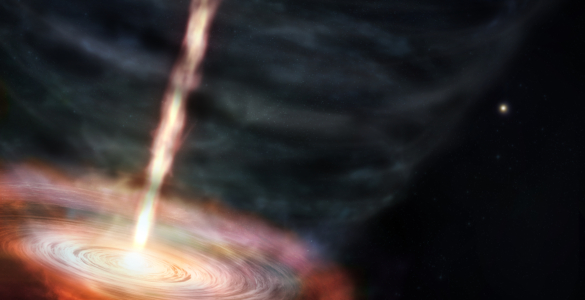
While using the Atacama Large Millimeter/submillimeter Array (ALMA) to study the masers around oddball star MWC 349A scientists discovered something unexpected: a previously unseen jet of material launching from the star’s gas disk at impossibly high speeds. What’s more, they believe the jet is caused by strong magnetic forces surrounding the star. The discovery could help researchers to understand the nature and evolution of massive stars and how hydrogen masers are formed in space. The new observations were presented today in a press conference at the 241st meeting of the American Astronomical Society (AAS) in Seattle, Washington.
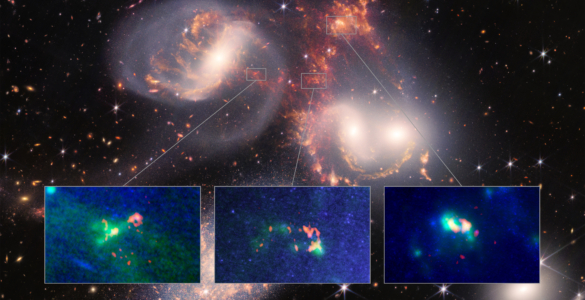
Shockwaves resulting from the violent collision between an intruder galaxy and Stephan’s Quintet are helping astronomers to understand how turbulence influences gas in the intergalactic medium. New observations with the Atacama Large Millimeter/submillimeter Array (ALMA) and the James Webb Space Telescope (JWST) have revealed that a sonic boom several times the size of the Milky Way has kickstarted a recycling plant for warm and cold molecular hydrogen gas. What’s more, scientists uncovered the break-up of a giant cloud into a fog of warm gas, the possible collision of two clouds forming a splash of warm gas around them, and the formation of a new galaxy. The observations were presented today in a press conference at the 241st meeting of the American Astronomical Society (AAS) in Seattle, Washington.
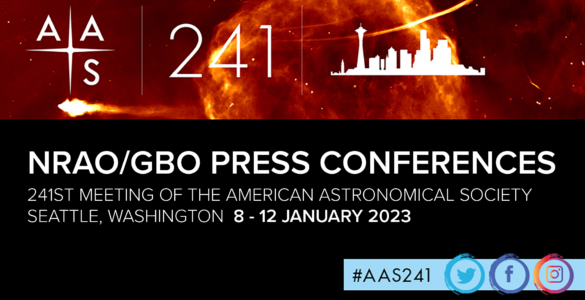
Five new scientific results from the Atacama Large Millimeter/submillimeter Array (ALMA), the Very Large Array (VLA), and the Green…





